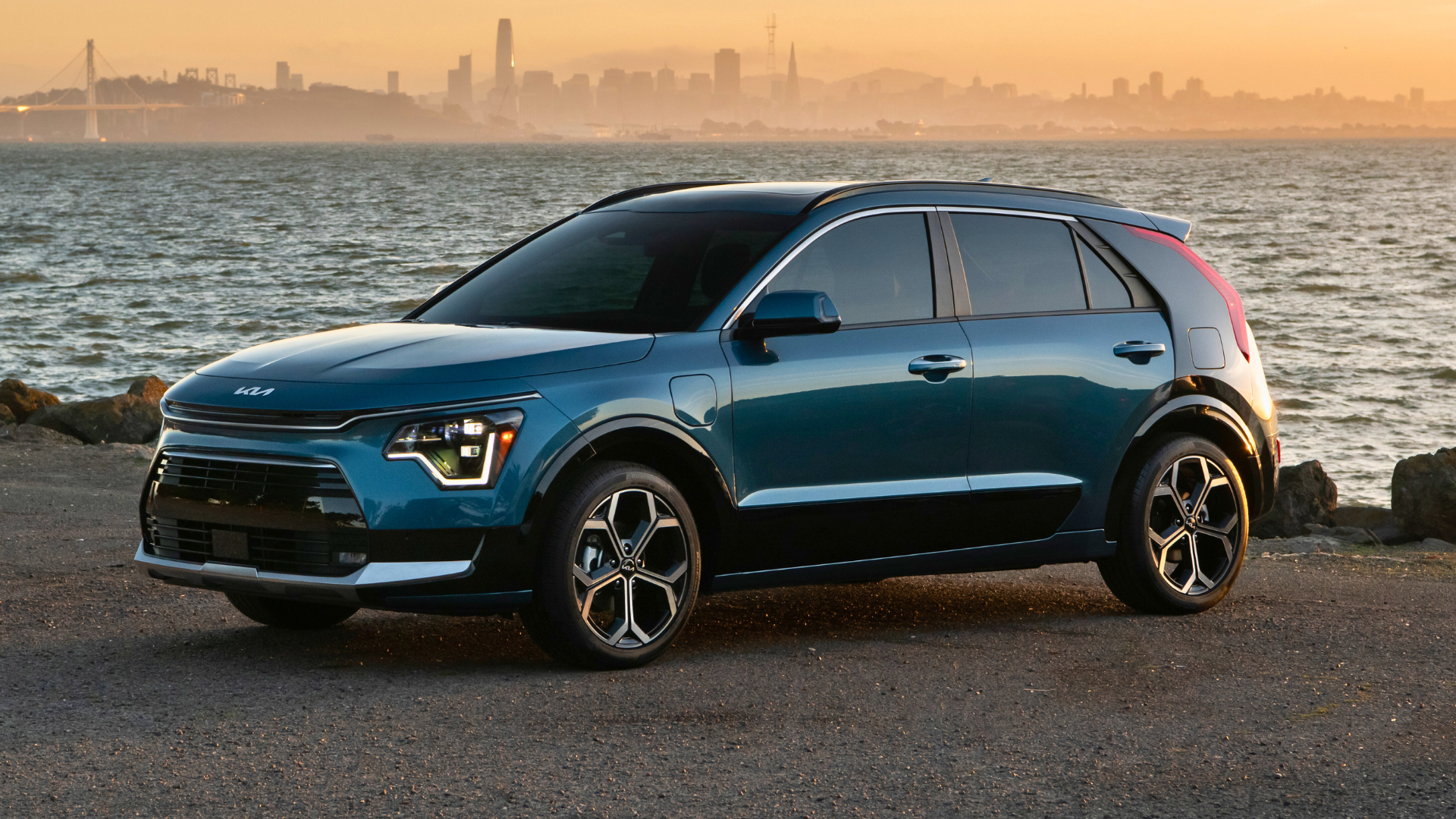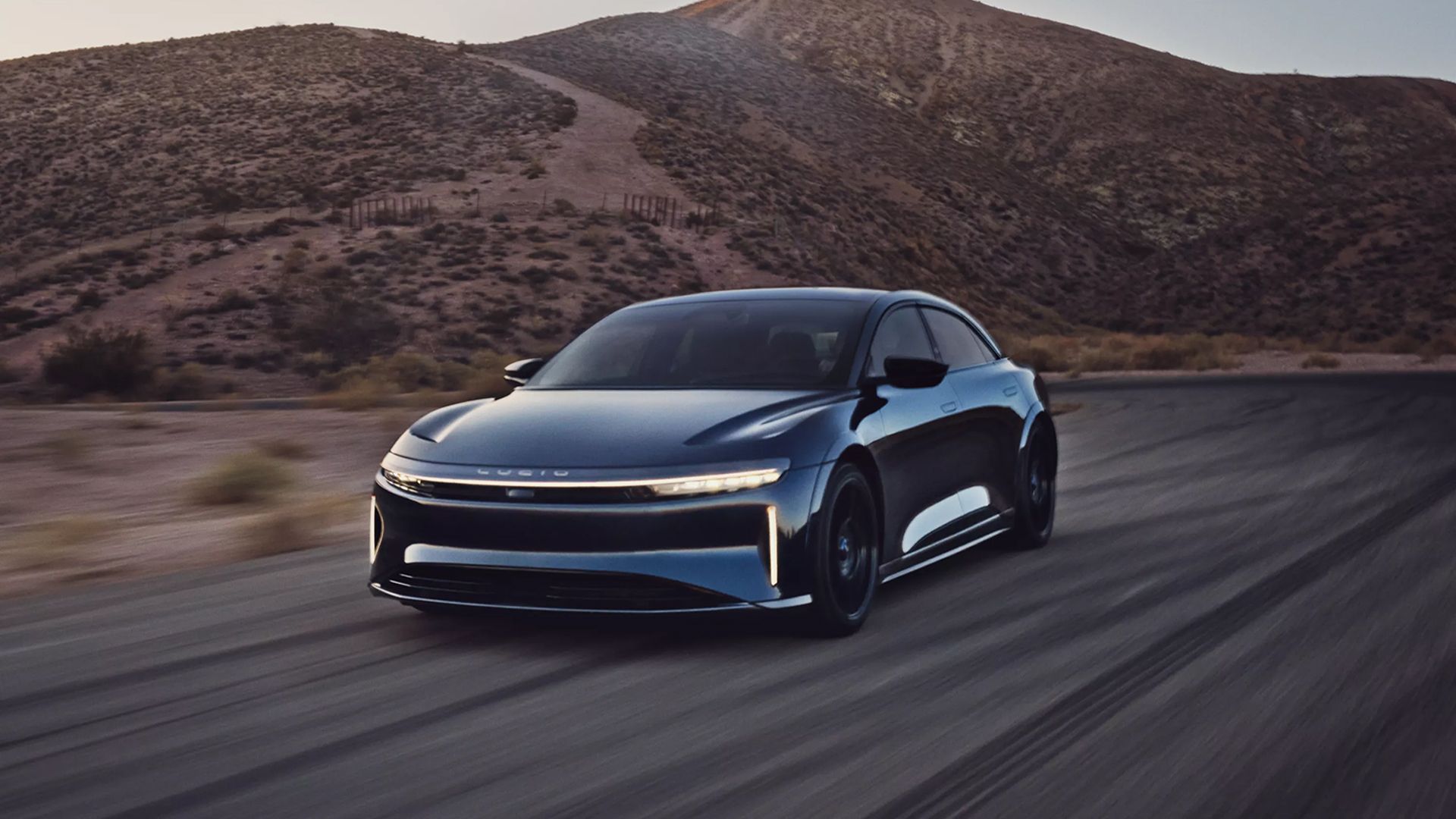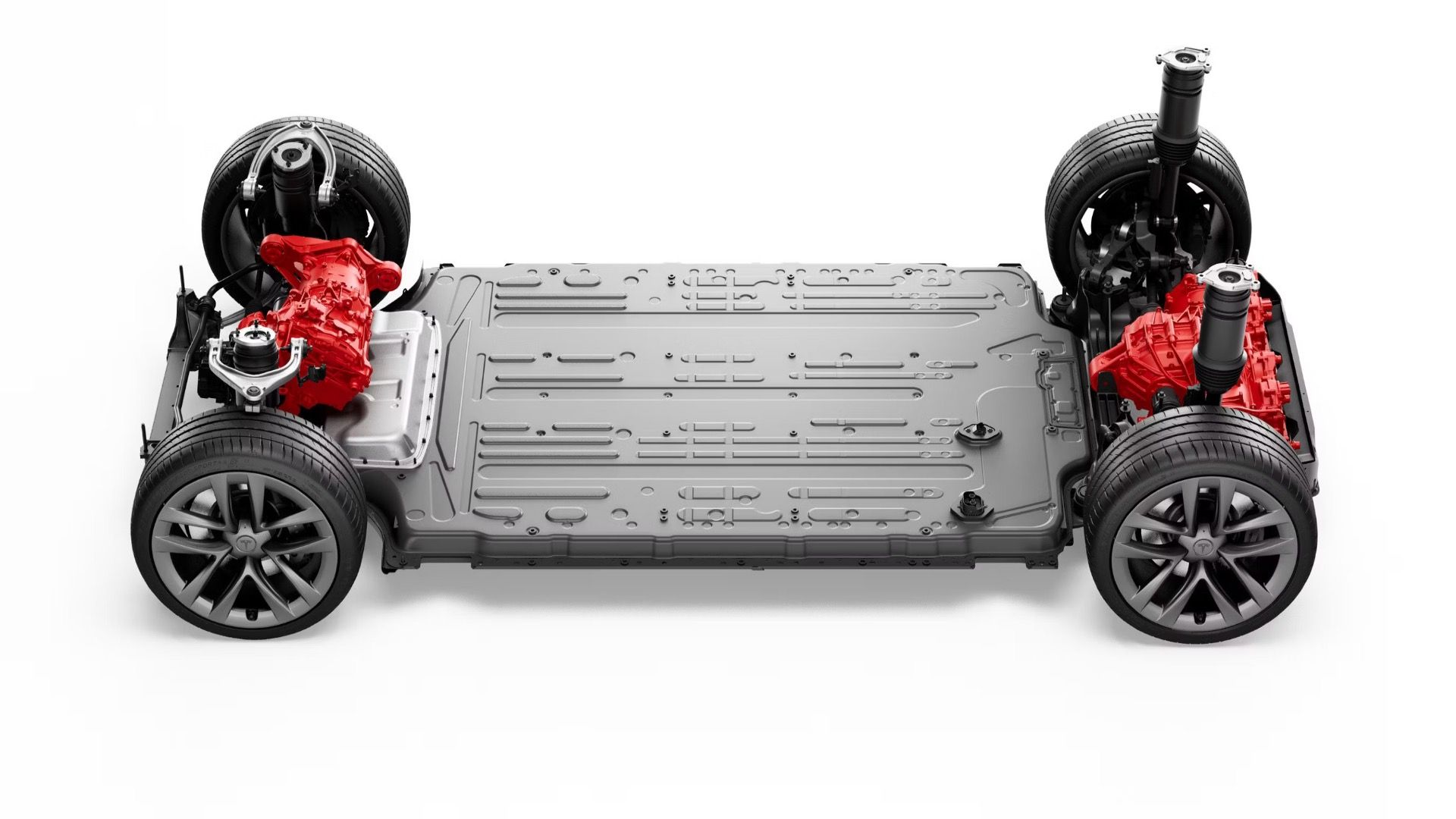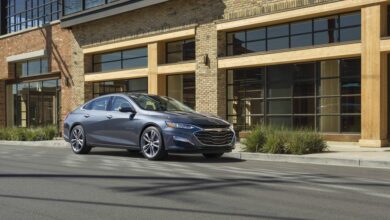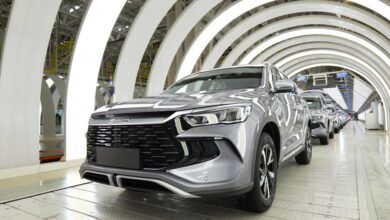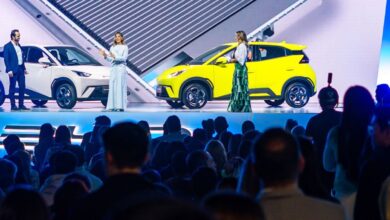Pros And Cons Of Owning An Electric Car
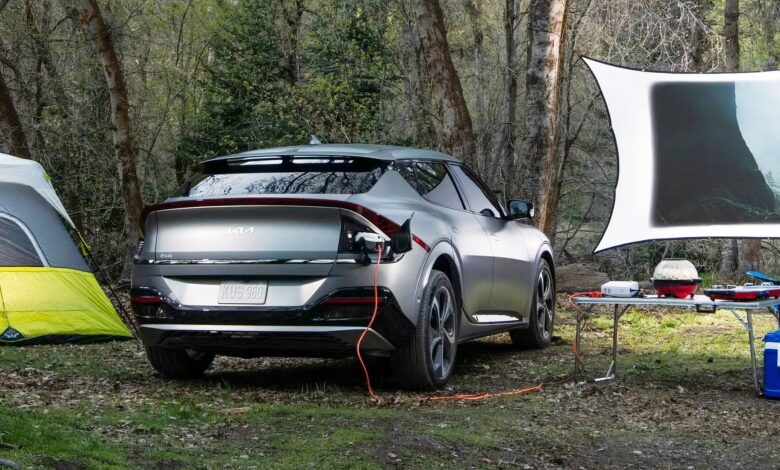
Electric cars are rapidly rising to mainstream status, with sales figures substantially increasing for a lot of manufacturers over the last few years. The new EV generation has increased in popularity because they present attractive benefits like a reduction in carbon emissions. EVs also typically feature the most up-to-date safety, comfort, convenience, and entertainment features. Their radical designs also mean you’ll definitely be standing out from the crowd in most environments. Overall, there are plenty of benefits you can enjoy when purchasing an EV.
There are inevitably also a fair number of downsides to electric car ownership that you’ll need to be aware of before you make the big decision to carry over from an ICE. Most manufacturers have slowed their transition to a fully electrified catalog, but they are all insistent on the fact that electrification is the future. Whether you like it or not, we will all inevitably be driving electric cars until full autonomy takes over, demoting us to the passenger seat. If you’re ready to make the crossover as of today, these are some aspects you’ll need to be aware of.
In order to give you the most up-to-date and accurate information possible, the data used to compile this article was sourced from various manufacturer websites and other authoritative sources, including the EPA, Car and Driver, and the Department of Energy.
Good Electric Cars For First Time EV Buyers
Discover 10 EVs that are ideal for transitioning from gas to electric motoring.
Electric Cars Cost Far Less To Operate
Electric cars are cheaper to operate, primarily because they mitigate fueling and a lot of maintenance costs. Electricity currently costs a lot less than gasoline in the U.S., resulting in much more preferable MPG returns. Obviously, this translates to significant savings over time. For example, the 2024 BMW sDrive40 on 19-inch wheels returns a 105 MPG estimate on the EPA’s combined cycle. The base BMW 530i returns a 30 MPG estimate on the combined cycle. For reference, the energy contained in one gallon of gas is equivalent to 33.7 kWh of electricity.
Electric vehicles also feature fewer moving parts compared to internal combustion engine cars. This reduces the frequency and maintenance costs. Using the above comparison, the EPA estimates the base i5 costs $700 to charge every year. The 5 Series costs $2,300 to refuel annually. Owning an EV means you’ll never have to change the oil, spark plugs, and timing belts or chains.
Regenerative braking systems also extend the lifespan of brake pads, as the motor takes on some stopping load. This translates to massive savings, as EV brake pads are generally more expensive. You also benefit from tax credits, incentives, and rebates, which further reduce the overall ownership cost. As charging infrastructure expands and battery technology improves, operating costs for EVs will continue to decline.
Electric Cars Are More Eco-Friendly
Electric cars are more eco-friendly because they don’t produce tailpipe emissions. This translates to drastic air pollution reduction. EVs run on electricity rather than fossil fuels, which can come from renewable sources like solar, wind, and hydropower, but this isn’t the case in a lot of regions.
Renewable energy sources further decreases our reliance on oils, which further reduces carbon dioxide and other greenhouse emissions that contribute to the ongoing climate crisis. Manufacturers are also investing massive sums into cleaning up their production lines by adopting sustainable practices and using recycled materials.
The Most Efficient EVs In 2024
|
Model |
Combined MPGe |
|
2024 Hyundai Ioniq 6 Long Range RWD (18-Inch Wheels) |
140 MPGe |
|
2024 Lucid Air Pure RWD (19-Inch Wheels) |
137 MPGe |
|
2024 Tesla Model 3 RWD |
132 MPGe |
|
2024 Lexus RZ 300e (18-Inch Wheels) |
125 MPGe |
|
2024 Tesla Model S |
122 MPGe |
EVs also operate more efficiently than internal combustion engine vehicles, converting a higher percentage of energy from the power source into vehicle movement. Their more aerodynamic designs are a big reason for this. EVs don’t have to integrate cooling and engine airflow, meaning designers can make smooth front ends that cut through the wind far more efficiently. Battery recycling and second-life applications further enhance EV ownership’s environmental benefits. A lot of battery packs are repurposed into wall batteries, which you can use as a supplementary energy system to power your house.

10 Electric Cars That Prioritize Performance Over Efficiency, Ranked By Horsepower
Not all EVs are designed with efficiency in mind, and the models on this list are some of the fastest on the planet
Electric Cars Produce Amazing Acceleration Times
Electric cars produce amazing acceleration times due to their more powerful and efficient electric motor designs. Electric motors produce instant torque from a standstill, allowing for rapid acceleration. They’re able to do this because their simpler design doesn’t have to rely on a series of parts and chemical processes to get moving.
This immediate power response results in faster 0-60 MPH times compared to many traditional ICE performance vehicles. Electric motors provide consistent power across their entire RPM range, eliminating the need for complex multi-gear transmissions, so they don’t struggle with a loss of power like an ICE would in between gear shifts.
Best EV Performance Cars
|
Model |
0-60 MPH |
Top Speed |
|
Rimac Nevera |
1.74 Seconds |
258 MPH |
|
Deus Vayanne |
1.99 Seconds |
250 MPH |
|
Tesla Roadster |
1.1 Seconds |
250+ MPH |
|
Aspark Owl |
1.72 Seconds |
248 MPH |
|
Lotus Evija |
3.0 Seconds |
218 MPH |
|
Pininfarina Battista |
1.79 Seconds |
217.48 MPH |
This may be a lot less of an entertaining way to move forward, but this simplicity enhances performance by reducing power loss and enabling seamless acceleration. Advanced battery technology also supports high power outputs, which lets electric cars maintain their impressive acceleration over longer periods. ICEs typically run out of steam once the engine speed reaches its rev limit. This is particularly true for turbocharged cars. Many modern EV manufacturers optimize their models for performance, incorporating features like all-wheel drive systems and sophisticated software to maximize traction and stability. Rimac is one brand that recently proved the brilliance of electrification by breaking a collection of performance records with its impressive Nevera hypercar.

Add TopSpeed to your Google News feed.
Electric Cars Introduce Modern Technology Features
Electric cars introduce more modern technological features by integrating advanced systems that enhance convenience, safety, and driving experience. New EVs often feature sophisticated digital displays and infotainment systems, featuring large and dazzling touchscreens, more intuitive AI-based voice control systems, and seamless wireless smartphone integration. These features eventually filter through to ICE cars, but as of right now, if you want the latest tech, you’ll need to buy an EV. Many electric cars support over-the-air software updates, allowing manufacturers to improve performance, add new features, and fix issues remotely.
Advanced driver-assistance systems, such as adaptive cruise control, lane-keeping assist, and automated parking, are commonly improved for newer electric vehicles. EVs are substantially heavier than ICEs because of their lofty battery packs and electric motors, so manufacturers have more of a responsibility to further develop their safety systems.
EVs also offer innovative energy management features, like regenerative braking and smart charging solutions, which optimize efficiency and convenience. Enhanced connectivity options enable remote monitoring and control via mobile apps, providing real-time information on charging status, vehicle location, and maintenance alerts. Additionally, electric vehicles often come equipped with modern design elements, such as minimalist interiors and customizable digital displays, reflecting the cutting-edge technology that defines their construction and user experience.

15 Most Aerodynamic Electric Cars, Ranked
The aerodynamic efficiency of an electric car directly impacts its range, and these 15 models are the slickest EVs we’ve seen so far.
Electric Cars Are More Expensive
Electric cars are more expensive due to the high costs associated with their advanced battery technology and production processes. A prime example of this is the price difference between the Toyota RAV4 and Toyota bZ4X. The RAV4 range starts at $28,675 for the base LE trim. The more upmarket XLE costs just a bit more at $30,195. If you want to jump into a similarly fitted bZ4X XLE, you’ll have to fork out $43,070.
A big reason for this price difference is because of the lithium-ion battery packs. Manufacturers have to source costly materials such as cobalt, nickel, and lithium, which substantially drive up manufacturing, distribution, and logistical expenses. Developing and scaling up battery production facilities also requires massive financial investments. We’ve already seen how some EV start-ups are struggling to put together enough funds to keep operations going, leading to bankruptcy and class-action lawsuits.
Manufacturers have been heavily investing in research and development to innovate and improve battery efficiency, driving up development costs. Mercedes-Benz recently pulled the plug on its MB.EA architecture, resulting in them saving a projected $6.5 billion in development and production costs. The aforementioned cutting-edge features and advanced software systems also come at a cost. Charging networks benefit from a lot of government investments and funding, but the end-user definitely fits some of the bill, because these three-phase fast-charging systems are massively expensive to construct. As technology advances and production scales, we expect EV pricing to decrease over time.
Electric Cars Still Impact The Environment
Electric cars are the poster child for cleaning up the planet, but they currently still cause significant harm to the environment due to their manufacturing processes and the sources of electricity used for charging. Producing lithium-ion batteries involves mining for materials like lithium, cobalt, and nickel. Mining these materials causes significant environmental degradation and pollution. Cobalt in particular has been under fire for some time, because of the humanitarian issues surrounding the industry. Solid-state battery intends to resolve most of these issues, but this technology is still years away.
- Lithium-ion battery production is energy-intensive and involves mining for metals, which can lead to environmental degradation.
- If the electricity used to charge EVs comes from fossil fuels, greenhouse gas emissions are still produced.
- The EV manufacturing process, particularly the battery systems, can have a significant carbon footprint.
- Disposing of or recycling EV batteries at the end of their life can be challenging and potentially harmful to the environment.
- EVs still contribute to air pollution through tire and brake wear, which produces particulate matter.
- The raw material extraction for EV production, such as lithium, cobalt, and nickel, requires a significant amount of energy.
The extraction and processing of lithium-ion materials also results in habitat destruction, water contamination, and high energy consumption. These directly go against the values of an eco-friendly electric car, resulting in defeating the purpose. We also have to consider that manufacturers ship some EVs from international regions, resulting in huge diesel emissions.
To be fair, ICE imports also struggle with this issue. Additionally, the production of electric vehicles, in general, generates substantial carbon emissions. While electric cars produce zero tailpipe emissions, their overall environmental impact depends on the electricity mix used for charging. In regions where electricity comes from coal or other fossil fuels, which is commonplace in the U.S., the environmental benefits of electric vehicles diminish. Battery disposal and recycling also pose challenges, as improper handling can lead to toxic waste and environmental pollution.
